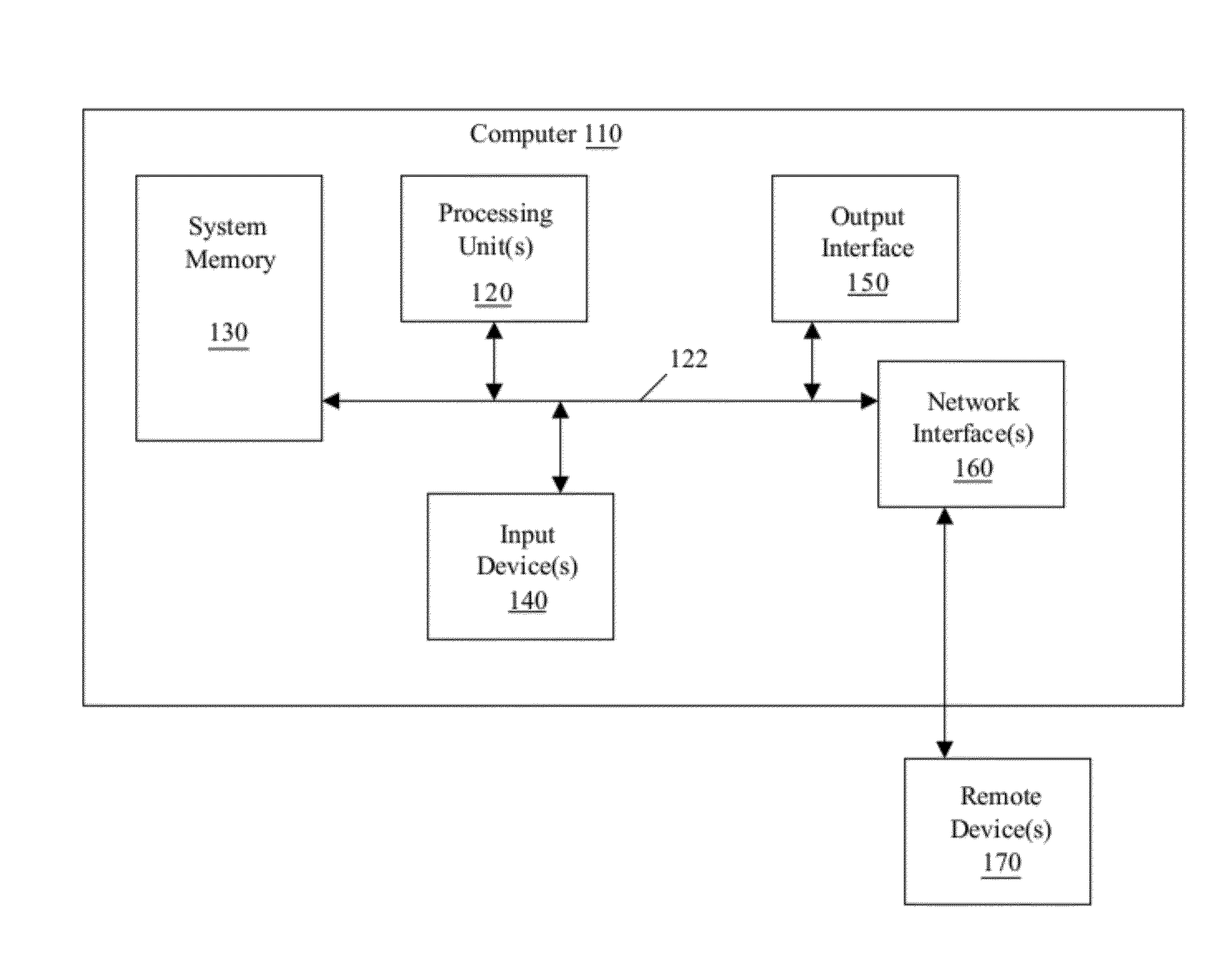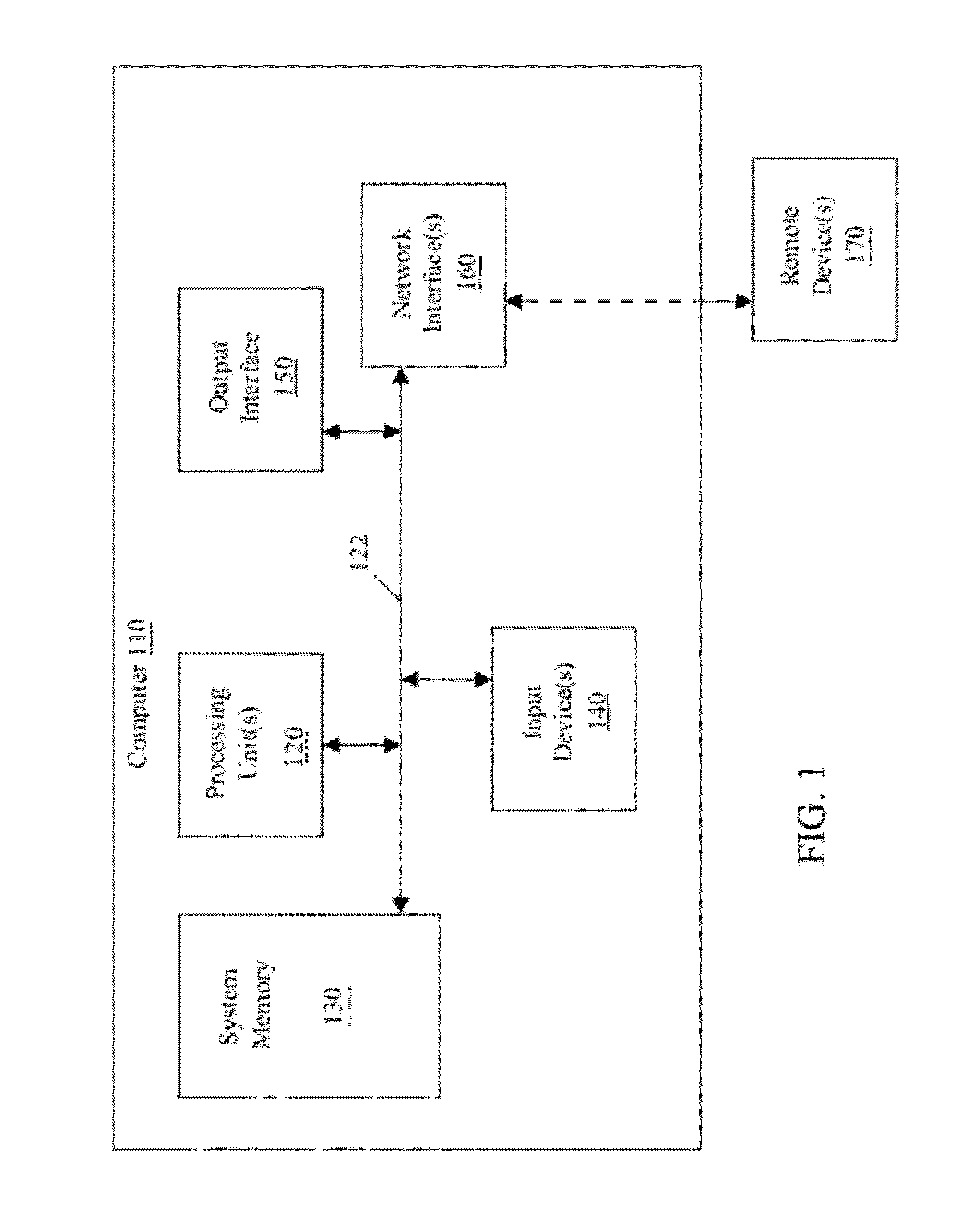Using tactile feedback to provide spatial awareness
a spatial awareness and tactile technology, applied in the field of touch surfaces, can solve the problems of reducing the realism of visual environments, lagging tactile feedback, and reducing interface efficiency
- Summary
- Abstract
- Description
- Claims
- Application Information
AI Technical Summary
Problems solved by technology
Method used
Image
Examples
Embodiment Construction
[0031]Embodiments of the invention provide an interface that allows users to feel a broad range of tactile sensations on touch screens. Unlike other tactile technologies, embodiments of the invention do not use any mechanical motion. In one embodiment, a touch panel includes a transparent electrode covered by a thin insulation layer. An electrical signal is coupled to the electrode. As described in greater detail below, in another embodiment, a signal can be applied directly to the user via the back side of the device. The signal may be a time-varying signal. In some embodiments, the time-varying signal is periodic. When a finger, or other conductive object such as a pen, slides along the insulation layer of the touch panel, a sensation of tactile texture is perceived.
[0032]Embodiments of the invention can be easily combined with different display and input technologies and can be used in many applications. For example, a touch screen can simulate the feeling of various textures. An...
PUM
 Login to View More
Login to View More Abstract
Description
Claims
Application Information
 Login to View More
Login to View More - R&D
- Intellectual Property
- Life Sciences
- Materials
- Tech Scout
- Unparalleled Data Quality
- Higher Quality Content
- 60% Fewer Hallucinations
Browse by: Latest US Patents, China's latest patents, Technical Efficacy Thesaurus, Application Domain, Technology Topic, Popular Technical Reports.
© 2025 PatSnap. All rights reserved.Legal|Privacy policy|Modern Slavery Act Transparency Statement|Sitemap|About US| Contact US: help@patsnap.com



